- Port-city
- Transport and infrastructure
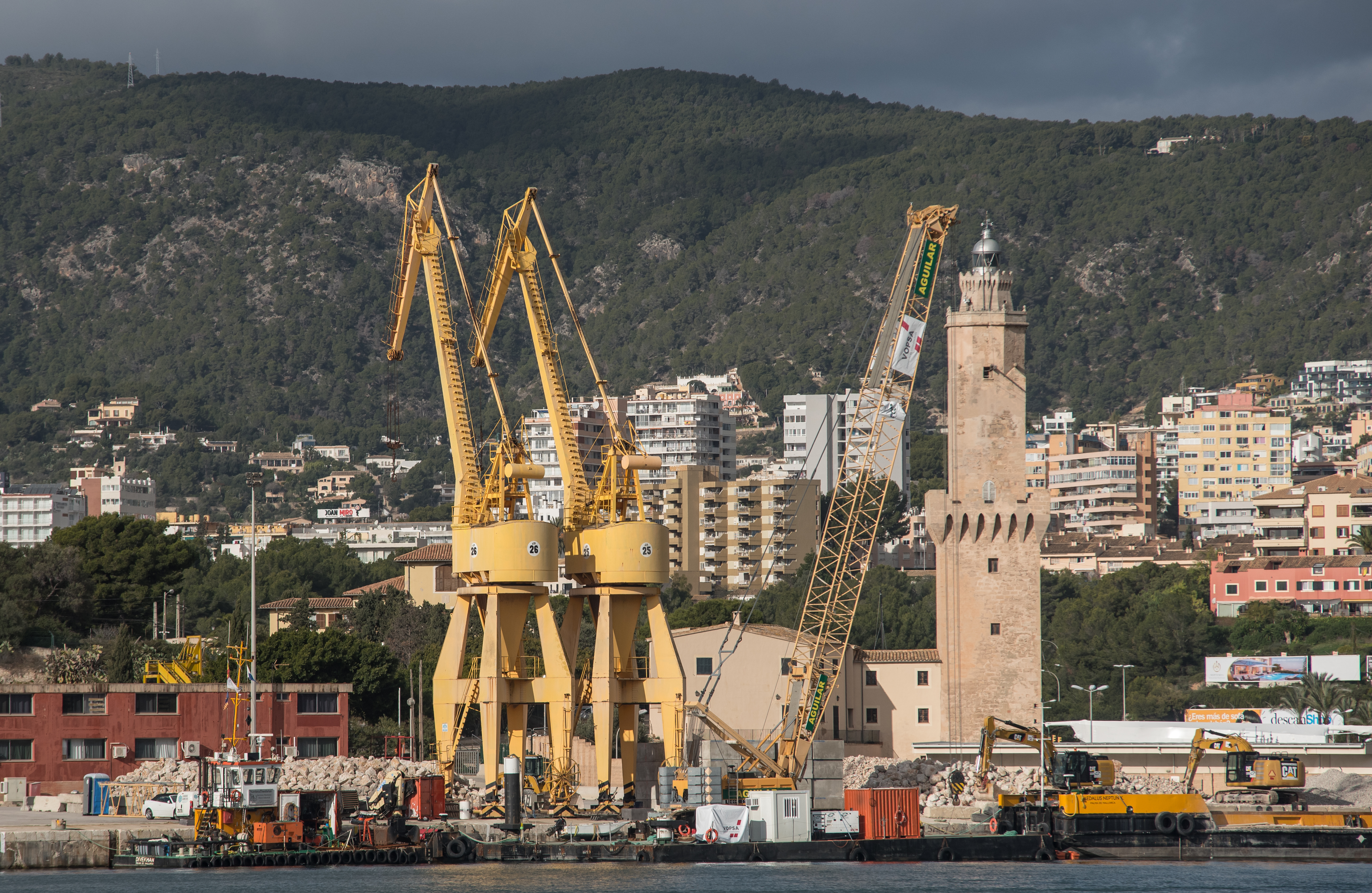
- Technology and innovation
- Socio-economic development
- Transport and infrastructure
- Port-city
- Environment and CSR
- Port-city
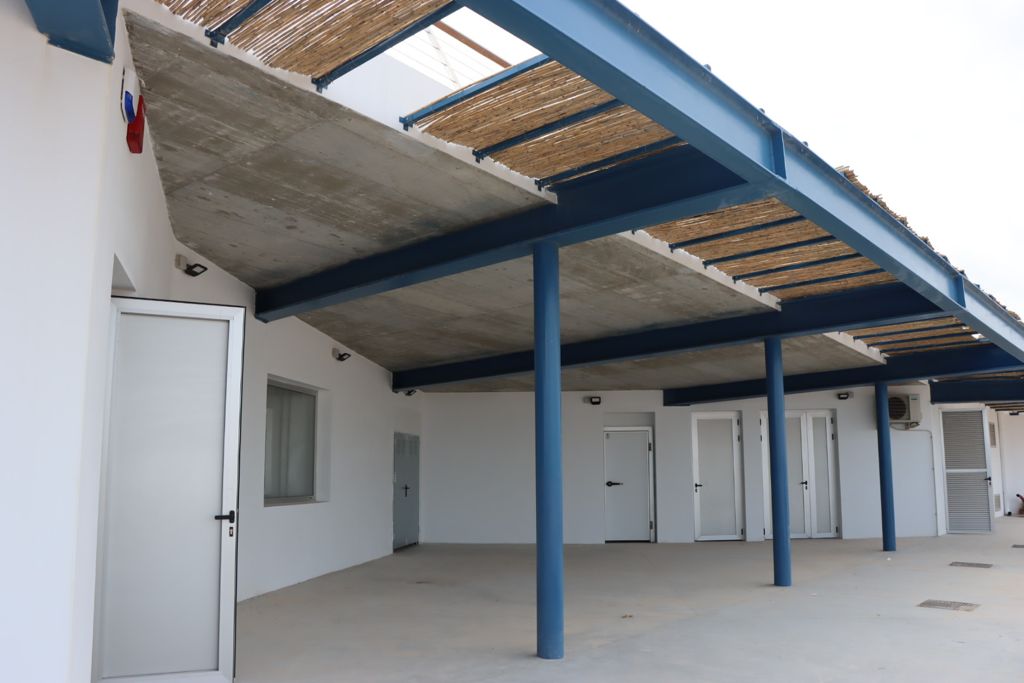
Work on the new building for the fishermen's guild in the port of La Savina has been completed
22/04/2021- Port-city
- Transport and infrastructure
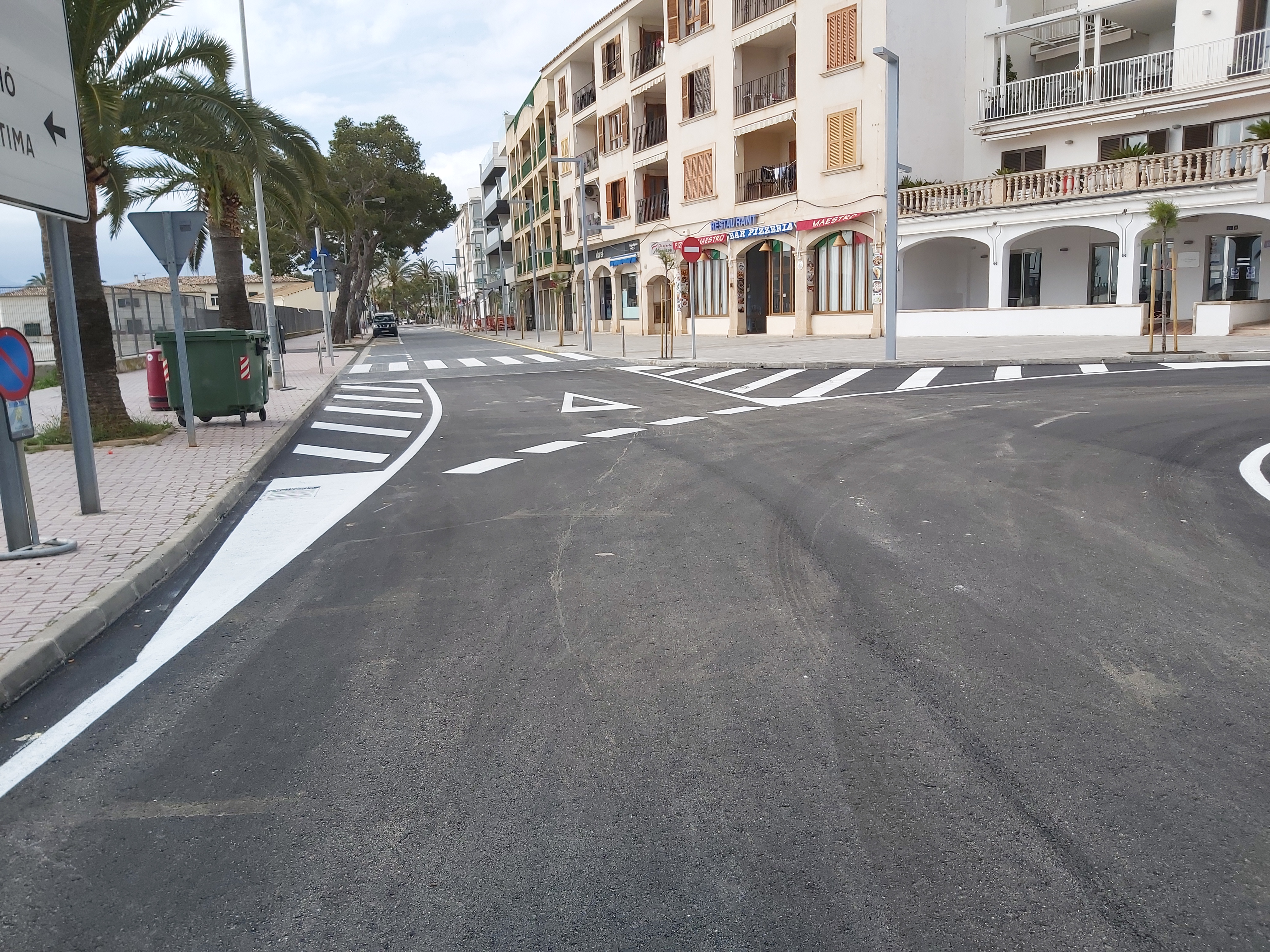
The section of Teodor Canet and Gabriel Roca streets in the port of Alcúdia is open to the public
22/04/2021- Transport and infrastructure
- Port-city
- Socio-economic development
- Transport and infrastructure
- Port-city
An environmental project supported by the APB, selected in the call for proposals "Ports 4.0"
16/04/2021- Technology and innovation
- Environment and CSR
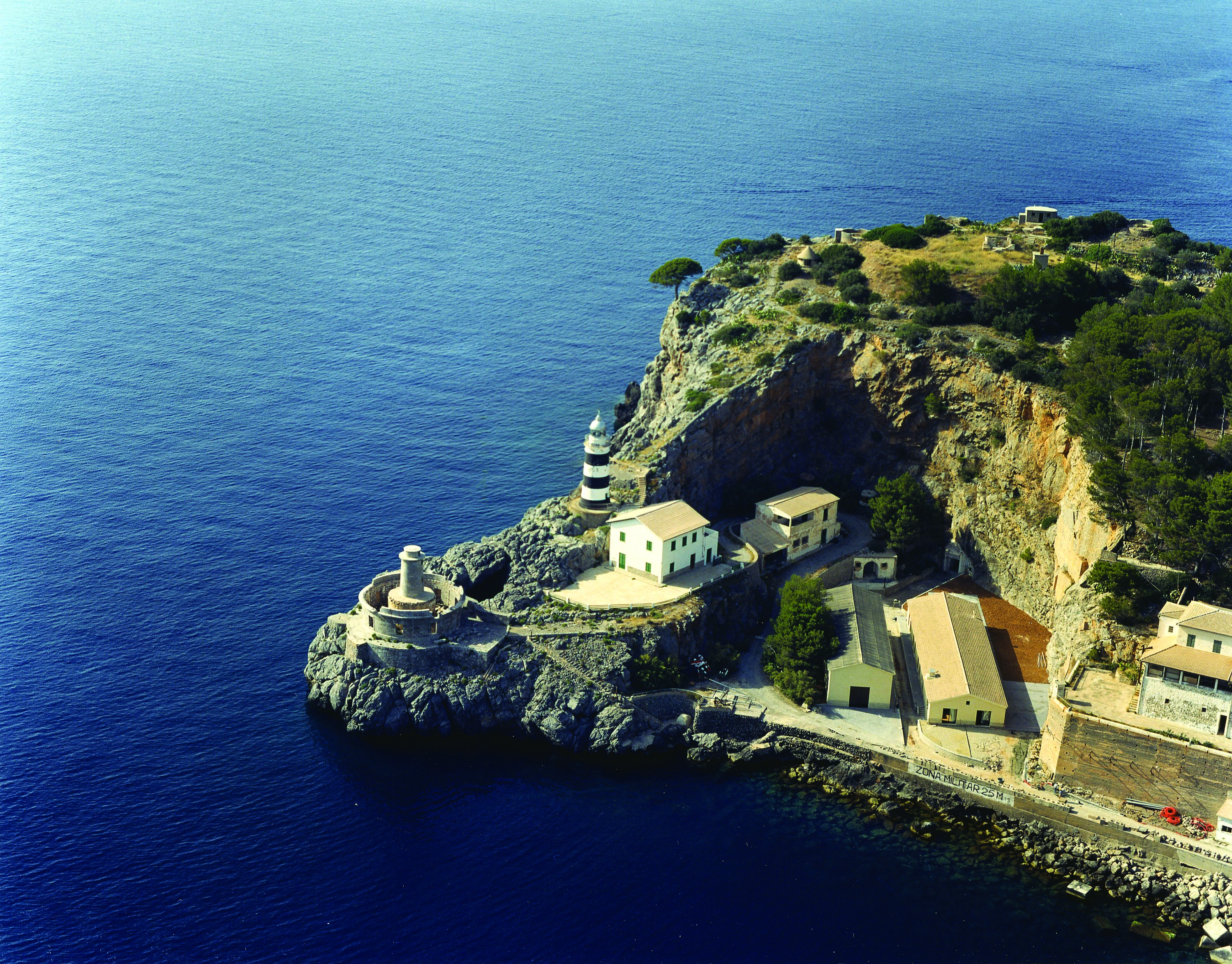
- Port-city
- Socio-economic development
- Environment and CSR
- Technology and innovation
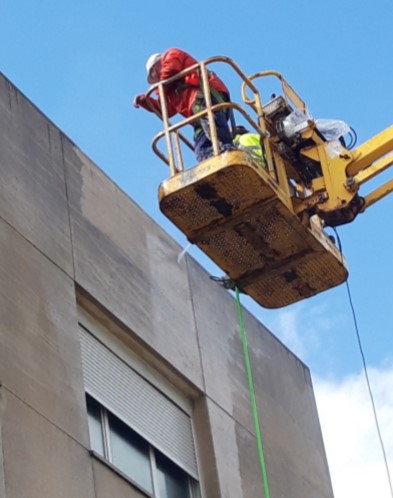
- Transport and infrastructure
- Port-city
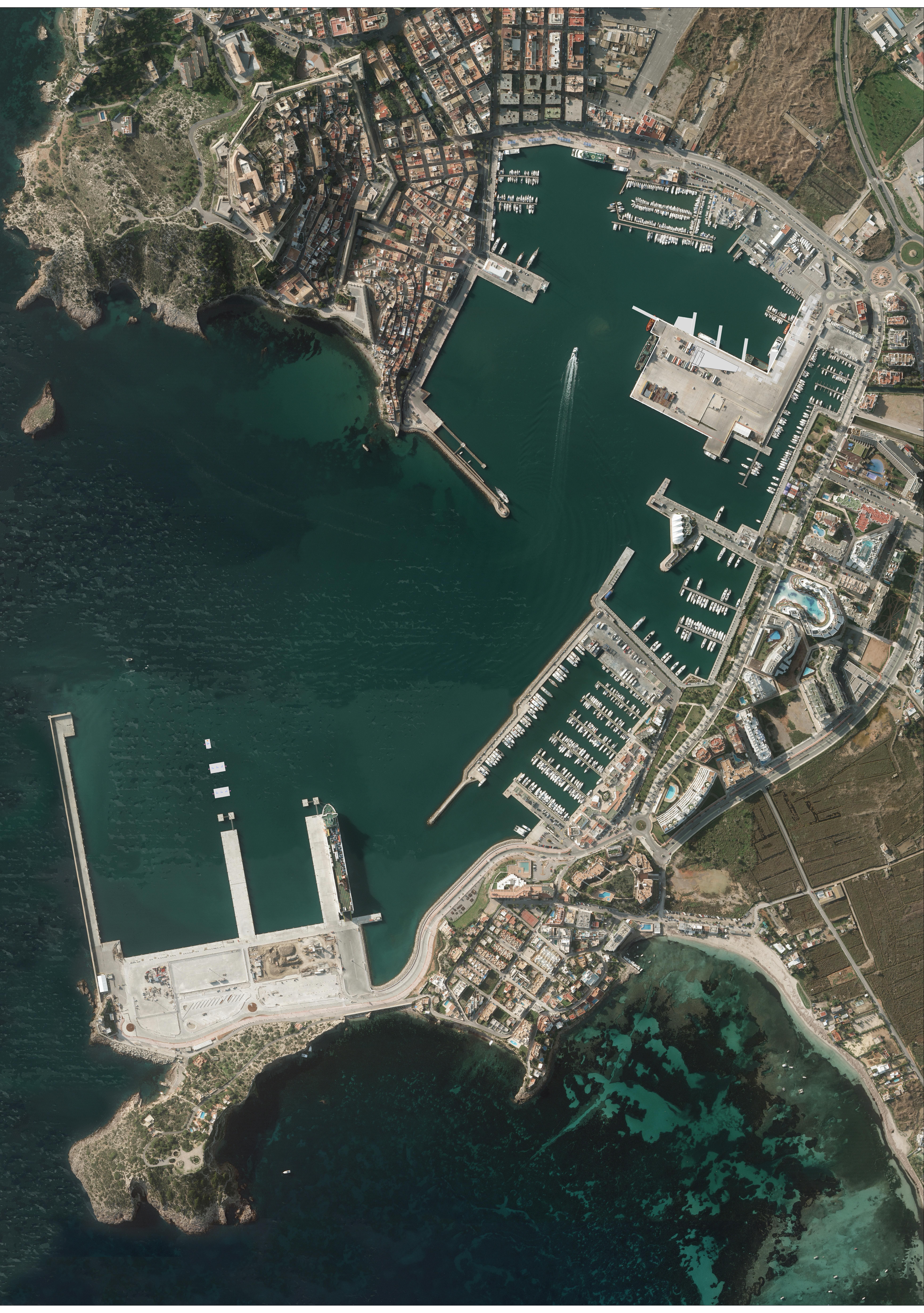
The APB starts the strategic environmental study for the Special Plan for the Port of Eivissa
06/04/2021- Transport and infrastructure
- Environment and CSR







